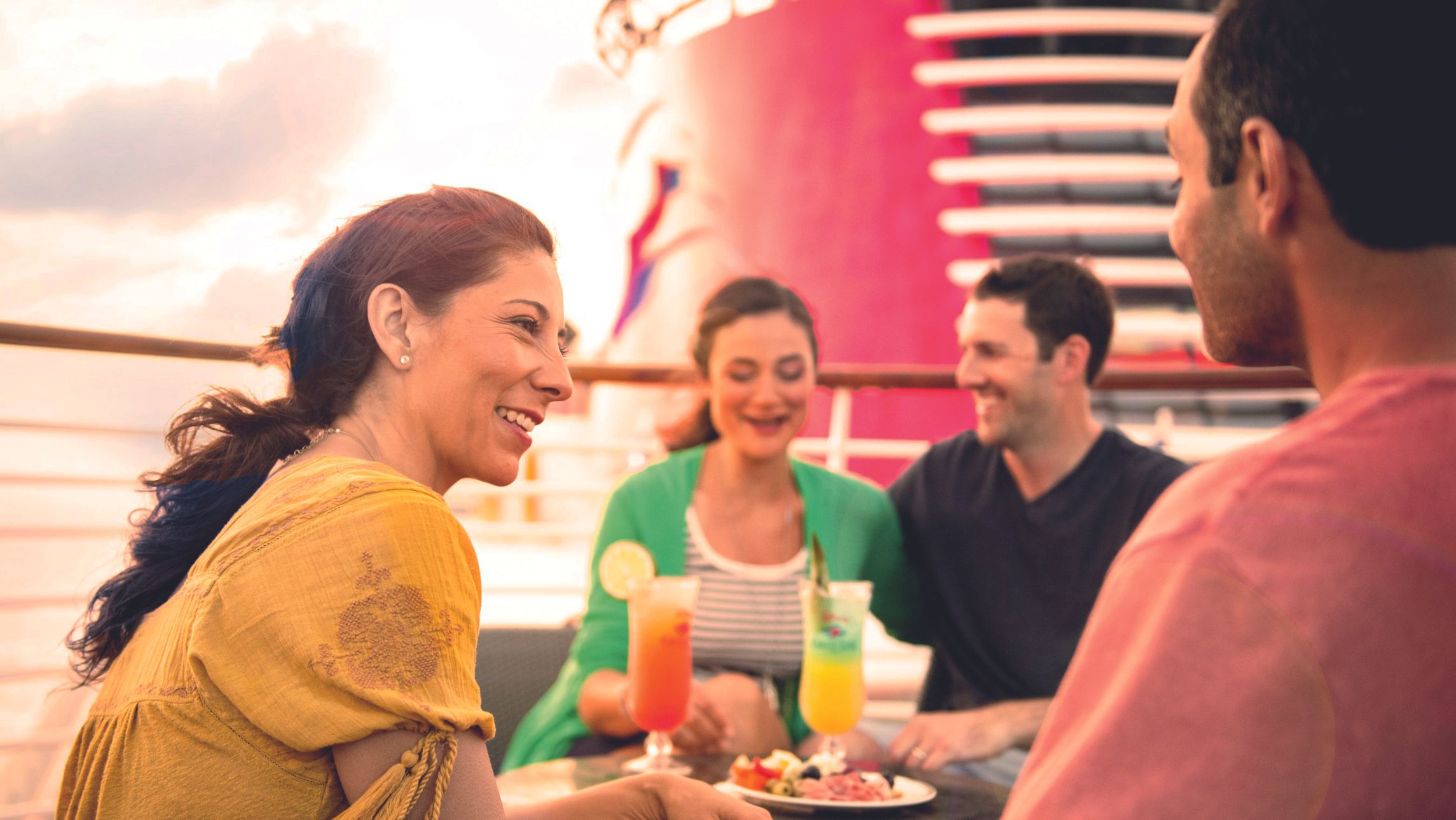Laughter cascades across the rice paddy fields and echoes off a wreathing ring of limestone cliffs as a little band of bronzed children appear from the rice reeds and run to the water’s edge, stopping and gazing, saucer-eyed, at our ship. It’s a sight you see frequently but never get completely used to on Belmond Orcaella, Belmond’s new river cruise ship, which plies the remote and rarely visited waters of the Chindwin River in northwest Myanmar.
Of all the encounters on our 11-day river adventure through this hugely popular emerging destination, this epitomises the experience best; we’re able to stop beside a serene riverside village whose inhabitants have quite likely never seen Westerners up close. But it’s also the third delay of the day, on a long journey fraught with logistical and cultural calamities – in this case a log jamming the propeller – that truly illustrate the difficulties of introducing to new and unexplored locales the levels of luxury today’s jet-setting travellers demand.
Belmond is no stranger to the rivers of Myanmar. The hotel and train company identified the thirst for new and remote destinations of its well-heeled clientele 17 years ago, launching the now iconic Road to Mandalay, a beautiful German river cruiser that now calls the Irrawaddy River home. Luxurious and intimate, the Road to Mandalay has been the first foray into Myanmar for many travellers, who, despite political instability and a nearly complete lack of infrastructure, wanted to walk among the silk looms of Mandalay or the ancient temples of Bagan and still be able to return for cocktails on deck at sunset.
Many of the 30-odd passengers boarding the Belmond Orcaella in Mandalay five days earlier had already travelled on the Road to Mandalay and knew the Belmond brand well. There were French and Americans, and Germans from the east and the west, as well as a Belgian couple and a bevy of Australians travelling as a family. Shorter and with a shallower draft that makes it ideal for the fickle Chindwin River, Belmond Orcaella resembles a refrigerator floating on its back, but what it lacks in aesthetics, it makes up for in intimacy, with only 25 cabins spread across three decks.
Belmond Orcaella is more modern than her sister ship, with cabins that feature full-height French doors allowing the warmth of the evening into the airconditioned confines of the ship. The dining room is dressed in warm, regal tones, with Asian art adorning the walls. On the upper level there is an elegant cocktail lounge and library, as well as an outdoor plunge pool lined by sun loungers and another open-air lounge and cocktail bar. However, there is a sense that the ship was rushed into service, with talk of stuck drawers and loose electrical fittings. A light shade is missing from my bathroom mirror, the wires beneath the bulb remaining exposed until the second to last day of the cruise.
After a morning waving to the fishermen sailing canoes on the river, their colourful sails a stark contrast to the green and brown belts of the flat landscape, we moor and take minibuses to the Thanboddhay Pagoda, which is crowded for a full moon celebration. Gaggles of curious children follow us around the orange and cream-coloured shrine and through hallowed halls pockmarked with more than 500,000 tiny Buddha statues.
The Chindwin itinerary includes eight days cruising north and only three south because of the current. Orcaella must tie up as the sun sets as there is no navigation on the river after dark.
It’s these excursions that make the trip truly unique. We join villagers to witness young boys undertake their shinbyu, or novitiation ceremony in Mokehtaw, and visit a school populated by shrieking, giggling children in immaculate uniforms in the teak village of Maukkadaw. In Sitthaung, a hamlet of just 25 homes, Orcaella’s crew donate the first electric light bulbs to the tiny settlement as part of a regular charity drive.
After plenty of rumblings along the way there is a minor insurrection on the second to last day, when it’s announced that due to time constraints we’ll only be spending three hours in Bagan, a true highlight of Myanmar. The ship’s little lobby is packed with angry passengers. Hotel manager Win Min, a gentle spoken Burmese, calls a town hall-style meeting, and the itinerary is tweaked to allow earlier starts, quicker transfers and more time in the temples. A mutiny is narrowly avoided and we spend a baking hot day exploring the timeless temples of the ancient capital as well as a few of the ancient, crumbling, terracotta-hued stupas and the many lacquer workshops which line the dusty roads.
Unfortunately, moods had not improved much back on board. The general manager for the two Belmond ships arrives to host a cocktail party, to be faced with an inquisition, with a few guests finally venting their frustration that the ship, the food, the wine list (now nearly depleted) and its always-eager-but-poorly-trained crew were not up to par with other Belmond experiences.
This might be fair criticism for an internationally branded cruise that starts from nearly US$7,000 per person, and undoubtedly things will be tightened up in short order, but for me and many other passengers the Orcaella offers a sensational and truly unique opportunity to play explorer in one of Asia’s most remote corners, and to do so in much more comfort than the pioneers that travelled the mighty Chindwin before me.








